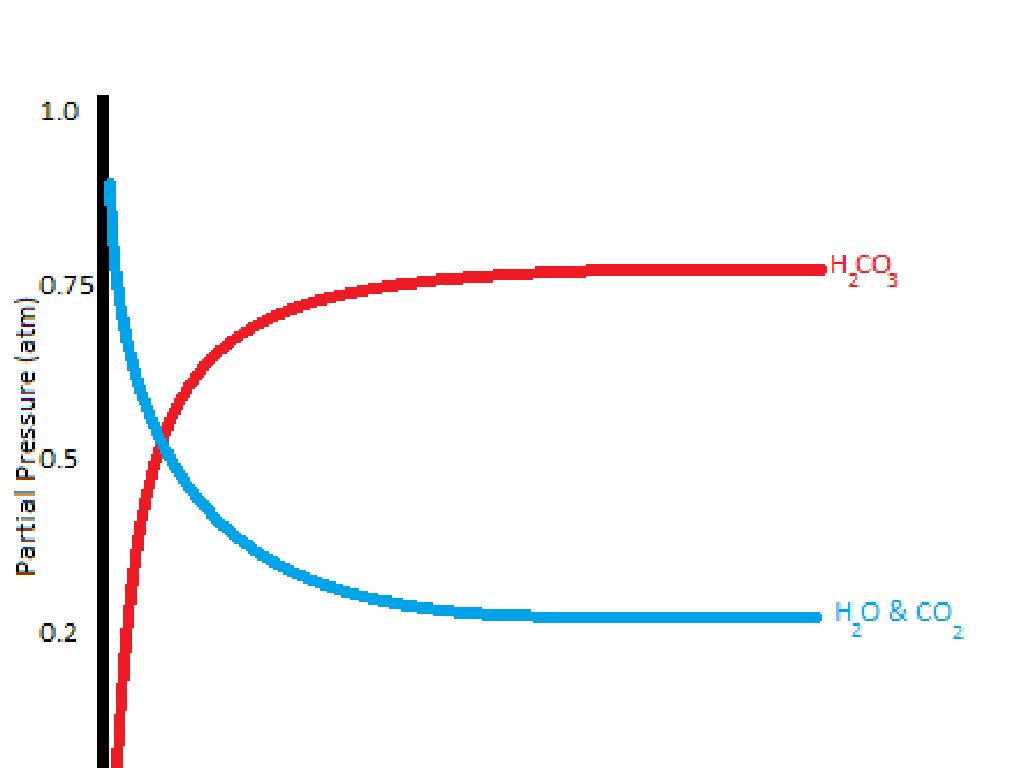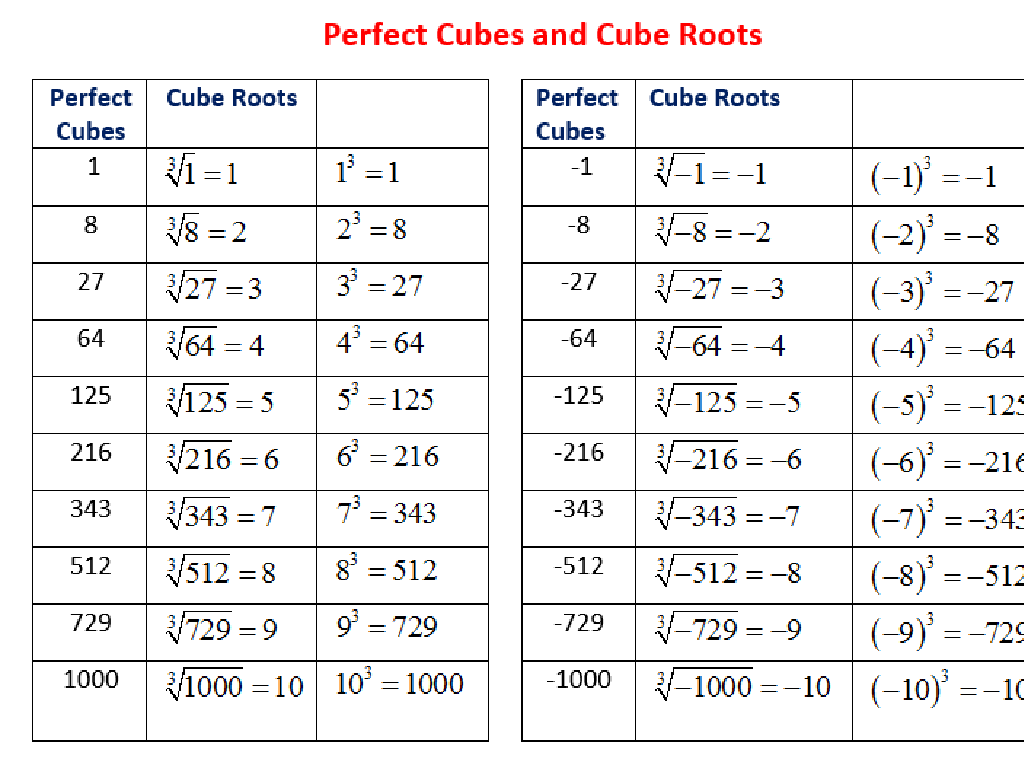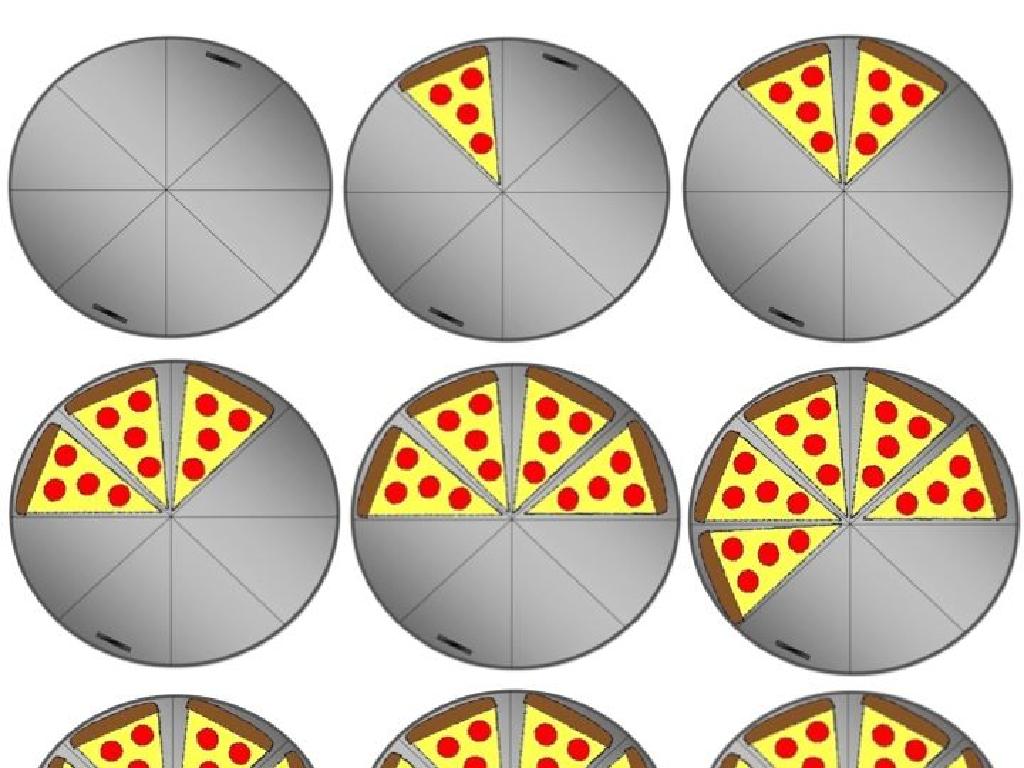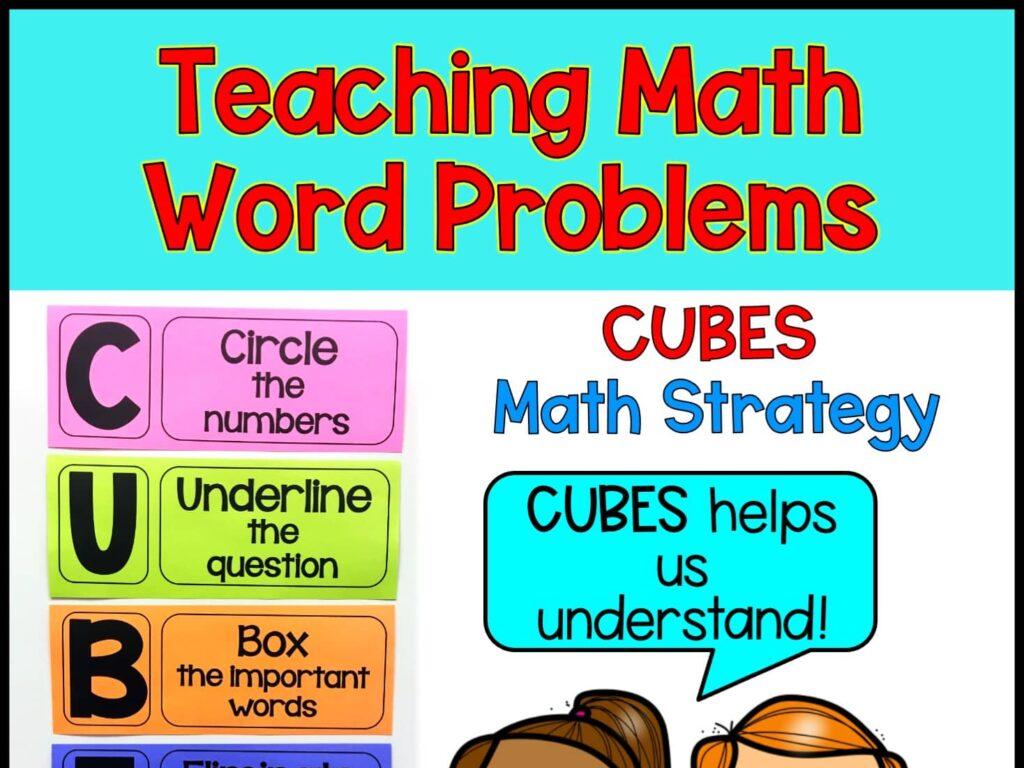Consumer Theory
Subject: Economics
Grade: High school
Topic: Microeconomics
Please LOG IN to download the presentation. Access is available to registered users only.
View More Content
Welcome to Consumer Theory
– Exploring Consumer Theory
– Study of how people decide to spend their money based on preferences.
– Decision-making in consumption
– Choices are based on budget constraints and utility maximization.
– Consumer theory’s economic role
– It explains market demand and the response to price changes.
– Practical implications
– Helps in understanding consumer behavior and guiding economic policies.
|
Consumer theory is a cornerstone of microeconomics that examines how consumers make choices about spending their resources, considering their preferences and budget constraints. It’s essential to understand that consumers aim to maximize their utility, or satisfaction, from goods and services. This theory is crucial for understanding market demand and how consumers respond to changes in prices and income. In this class, we’ll delve into the principles of consumer theory, explore how it applies to real-world decision-making, and discuss its significance in shaping economic policies and business strategies. Encourage students to think of their own purchasing decisions as examples.
Exploring Consumer Theory
– Defining Consumer Theory
– A framework explaining consumer choices and behaviors.
– Understanding consumer choice
– How consumers decide to spend money based on preferences.
– Concept of Utility
– Utility represents the happiness or satisfaction gained from goods and services.
– Utility: Measuring satisfaction
– Economists use utility to quantify the pleasure or fulfillment from consumption.
|
Consumer Theory is a cornerstone of microeconomics that examines how consumers make decisions to allocate their resources (typically money) to maximize their satisfaction. When discussing consumer choice, emphasize the role of budget constraints and preferences. Utility is a central concept in consumer theory, representing the satisfaction or benefit derived from consuming goods and services. It’s an abstract measure, but it’s crucial for understanding consumer behavior. In class, explore different types of utility and how they can be measured or represented. Use examples like choosing between different food items based on taste and nutritional value to illustrate the concept of utility and consumer choice.
Utility in Economics: Understanding Satisfaction
– Define Utility in economics
– Utility measures happiness or satisfaction from consuming goods/services.
– Total vs. Marginal Utility
– Total Utility is total satisfaction; Marginal Utility is satisfaction from one more unit.
– Law of Diminishing Marginal Utility
– As consumption increases, the added satisfaction from each additional unit decreases.
– Practical implications of Diminishing MU
– This concept explains consumer spending habits and budget allocation.
|
This slide introduces the concept of utility, which is a cornerstone of consumer theory in microeconomics. Utility represents the level of happiness or satisfaction that consumers derive from goods and services. Differentiate between total utility, which is the overall satisfaction obtained, and marginal utility, which is the additional satisfaction from consuming one more unit of a good or service. Emphasize the Law of Diminishing Marginal Utility, which states that as a person consumes more of a product, the utility from each additional unit consumed will eventually decrease. This law helps explain why consumers diversify their consumption rather than spending all their income on a single good. Use examples like eating slices of pizza to illustrate the concept. Encourage students to think of their own examples where they have experienced diminishing additional satisfaction.
Budget Constraints in Consumer Theory
– Comprehend the budget line
– A graphical representation of all possible combinations of two goods that can be purchased with a given income.
– Contrast income and expenditure
– Income is what you earn, while expenditure is what you spend on goods and services.
– Impact on consumer choices
– Budget constraints limit the combinations of goods consumers can purchase, influencing their decision-making.
– Analyzing budgetary limitations
|
This slide introduces the concept of budget constraints within consumer theory. Begin by explaining the budget line, which represents the trade-off between two goods that a consumer can afford given their income and the prices of the goods. Discuss the relationship between income and expenditure, emphasizing that income sets a limit on spending. Highlight how budget constraints can affect consumer choices, as they must choose a combination of goods that maximizes their utility without exceeding their budget. Use examples like allocating a monthly allowance between food and entertainment to illustrate these concepts. Encourage students to think critically about how they make their own spending decisions within their budgetary limits.
Preferences and Choice in Consumer Theory
– Indifference Curves: Analyzing Preferences
– Graphical representation of consumer preferences for different combinations of goods.
– Understanding Consumer Trade-offs
– Consumers face trade-offs, choosing between different bundles of goods.
– Optimal Choice: Intersection of Budget and Preferences
– The point where the budget line touches the highest attainable indifference curve.
– Maximizing Satisfaction within Budget
– Consumers aim to get the most satisfaction while staying within their budget.
|
This slide introduces key concepts of consumer theory, focusing on how consumers make decisions. Indifference curves represent combinations of goods that provide the same level of satisfaction to the consumer, illustrating their preferences. Understanding trade-offs is crucial as consumers must decide how to allocate their limited resources among various goods. The optimal choice is found where the budget line, representing the consumer’s financial constraints, is tangent to the highest possible indifference curve, indicating the most preferred combination of goods that the consumer can afford. This point maximizes the consumer’s satisfaction given their budget. Discuss examples like choosing between leisure and work, or between different goods like books and movies, to make the concept relatable to high school students.
Understanding the Demand Curve
– Individual vs. market demand
– Individual demand aggregates to form market demand.
– Price impact on quantity demanded
– As prices drop, consumers buy more, illustrating the law of demand.
– Demand curve shifts
– Factors like income changes cause the demand curve to shift.
– Income and substitution effects
– Income effect: buying power changes; Substitution effect: consumers switch goods.
|
This slide aims to explain the concept of the demand curve in consumer theory. Begin by discussing how individual demand from various consumers combines to create the market demand curve. Highlight how changes in price typically affect the quantity demanded, demonstrating the inverse relationship known as the law of demand. Explain that the demand curve can shift due to various factors, including changes in consumer income (income effect) and changes in the prices of related goods leading to consumers substituting one good for another (substitution effect). Use examples like the demand for luxury goods increasing with higher income or the preference for tea over coffee if coffee becomes too expensive. Encourage students to think of their own examples of how their purchasing behavior changes with price and income variations.
Consumer Theory in Daily Life
– Applying theory to daily choices
– Case study: Streaming service options
– Comparing cost, content, and convenience of Netflix, Hulu, Amazon Prime
– Prioritizing spending
– Balancing needs and wants within a budget
– Understanding utility maximization
– Consumers aim to get the most satisfaction from their money
|
This slide aims to demonstrate the practical application of consumer theory in everyday life. Students will explore how the principles they learn in class can be used to make informed decisions, such as choosing between streaming services like Netflix, Hulu, or Amazon Prime. They will consider factors like cost, content variety, and convenience. The discussion will guide them to think about how they prioritize their spending when faced with limited resources, aligning with the concept of utility maximization. Encourage students to share their own experiences and decision-making processes in the context of consumer theory.
Class Activity: Budgeting Exercise
– Understand fixed budgets
– Choose between goods bundles
– Aim to maximize utility
– How do you get the most satisfaction with limited resources?
– Reflect on your choices
– Think about why you preferred one bundle over another.
|
This activity is designed to help students apply the concept of consumer theory and understand the decision-making process involved in budgeting. Students will be given a hypothetical fixed budget and a variety of bundles of goods to choose from. They must decide which bundle to purchase to maximize their utility, or satisfaction, from the goods. This exercise will encourage critical thinking about the value and utility of different items within the constraint of a budget. Possible variations of the activity could include different budget sizes, varying prices, or the introduction of inferior and normal goods to see how choices change. After the activity, facilitate a discussion to reflect on the choices made and the reasoning behind them.
Consumer Theory: Conclusion & Recap
– Recap of Consumer Theory
Reviewed concepts like utility, budget constraints, and choice.
– Significance of consumer choices
Consumer choices drive demand and market dynamics.
– Open floor for Q&A session
– Encourage critical thinking
Apply theory to real-world scenarios, e.g., buying decisions.
|
This slide aims to summarize the key points of Consumer Theory, emphasizing the role of consumer choices in shaping market outcomes in microeconomics. Begin by reviewing the main concepts such as utility maximization, budget constraints, and the equilibrium between income and consumption. Highlight the importance of understanding consumer behavior for predicting market trends and economic stability. Open the floor for a Q&A session to address any uncertainties students may have, fostering an interactive learning environment. Encourage students to think critically about how Consumer Theory applies to everyday decisions and the broader economic context. This will help solidify their understanding and appreciation of the subject matter.





